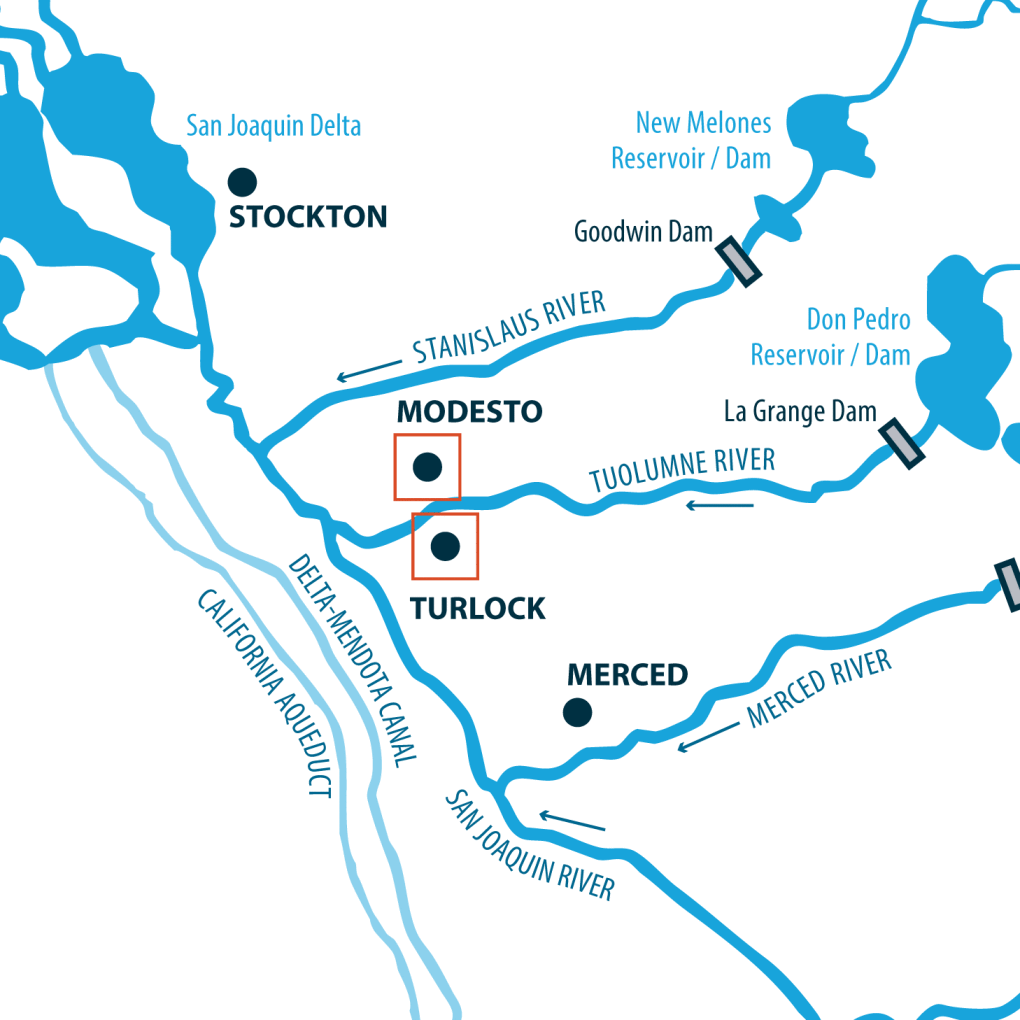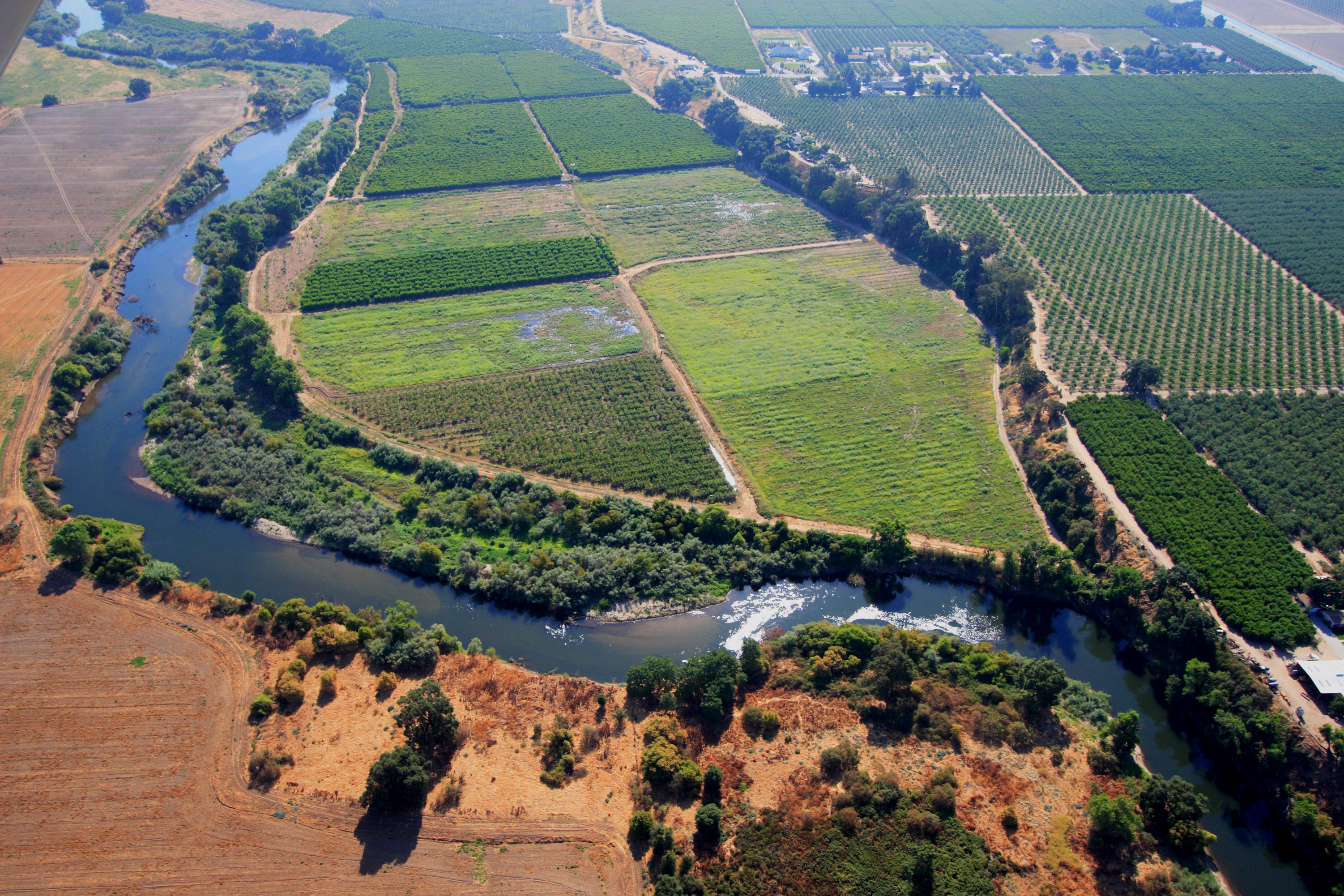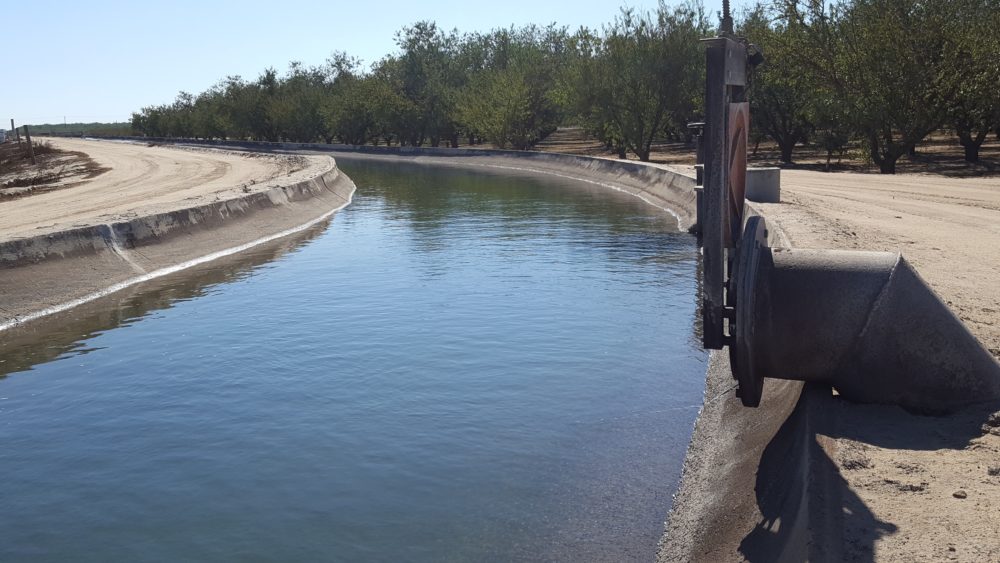Pyrethroids Under Review
EPA Reviewing Pyrethroids
Ag Industry Urged to Comment
By Patrick Cavanaugh, Farm News Director
The pyrethroid insecticide class is in review for ecological risk assessment by the Environmental Protection Agency. John Cummings, Registration and Regulatory Affairs Manager at chemical company FMC believes that the assessment could have a large impact on producers.
Agricultural leaders have urged all to comment on the need to keep this chemistry available. Please share your thoughts by clicking here.
“At FMC, we’re very concerned with the content of that risk assessment that they’ve identified that there’s high risk concerns to certain aquatic organisms, not necessarily fish or anything like that, but small aquatic organisms,” Cummings said. “Our concern, as a company who manufactures these pyrethroids, which are used in California, is that the EPA has not used the best science that’s available. They’ve done a very high level simple cursory risk assessment that has identified these concerns.”
More than 3,500 registered insecticides contain a pyrethroid. Many pyrethroids are household products and are not limited to agricultural usage.
“Our hope, as a pyrethroid company, is that EPA will consider better data which FMC and our industry consortium, the Pyrethroid Working Group, are developing to incorporate into this risk assessment. We need the EPA to look at the real world of how these products are used. With that, that risk assessment should look much better and remove any of these risk concerns that EPA currently has,” he said.
There have been other actions conducted by the EPA around the use of the best available data and the best science in risk assessment. These kind of precedents will impact production agriculture in the U.S. as well as California.
“EPA should be using the best science to make the right regulatory decisions while protecting the environment,” Cummings said. “It is very important, and I think it’s important, too, that EPA understand the implications of taking a conservative approach and making regulatory decisions that may impact production. I think EPA needs to understand how important it is to consider the benefit of production agriculture in feeding the world.”
It is important to keep many pest control products available to prevent the overuse of one product. Pesticide resistance is a growing problem, and it is essential that producers are able to keep all of their options open.
“Pyrethroids are a very important element of integrated pest management, as well as resistance management. Growers today are facing very complex insect control problems,” Cummings said.
“It’s necessary to have many tools in the toolbox to control insects. We have multiple classes of chemistry, but based on regulatory decisions, the EPA could potentially remove some of these important tools, which puts more pressure on other tools that remain in the toolbox, and insects may become resistant to many of these tools,” Cummings explained.
“Pyrethroids are a critical broad spectrum insecticide that are very affordable and control a lot of different insects that are economically important,” Cummings said.
Bob Klein, the manager of the Pistachio Research Board, agrees that pyrethroids are essential to pest management.
“The use of pyrethroids goes hand-in-hand with the use of soft chemicals like the growth regulators, or some of the neonicotinoids, or some of the other new chemistries we have,” Klein said.
“It guards against resistance development in those other chemicals as well. The inclusion of pyrethroids by the University of California, and many other Integrated Pest Management manuals, shows that pyrethroids are an important part of any IPM program. IPM programs are the way that people control pests in their orchards,” Klein said.
The risk assessment is currently open for comment and will remain open until March 31st.
Comment: Here
























